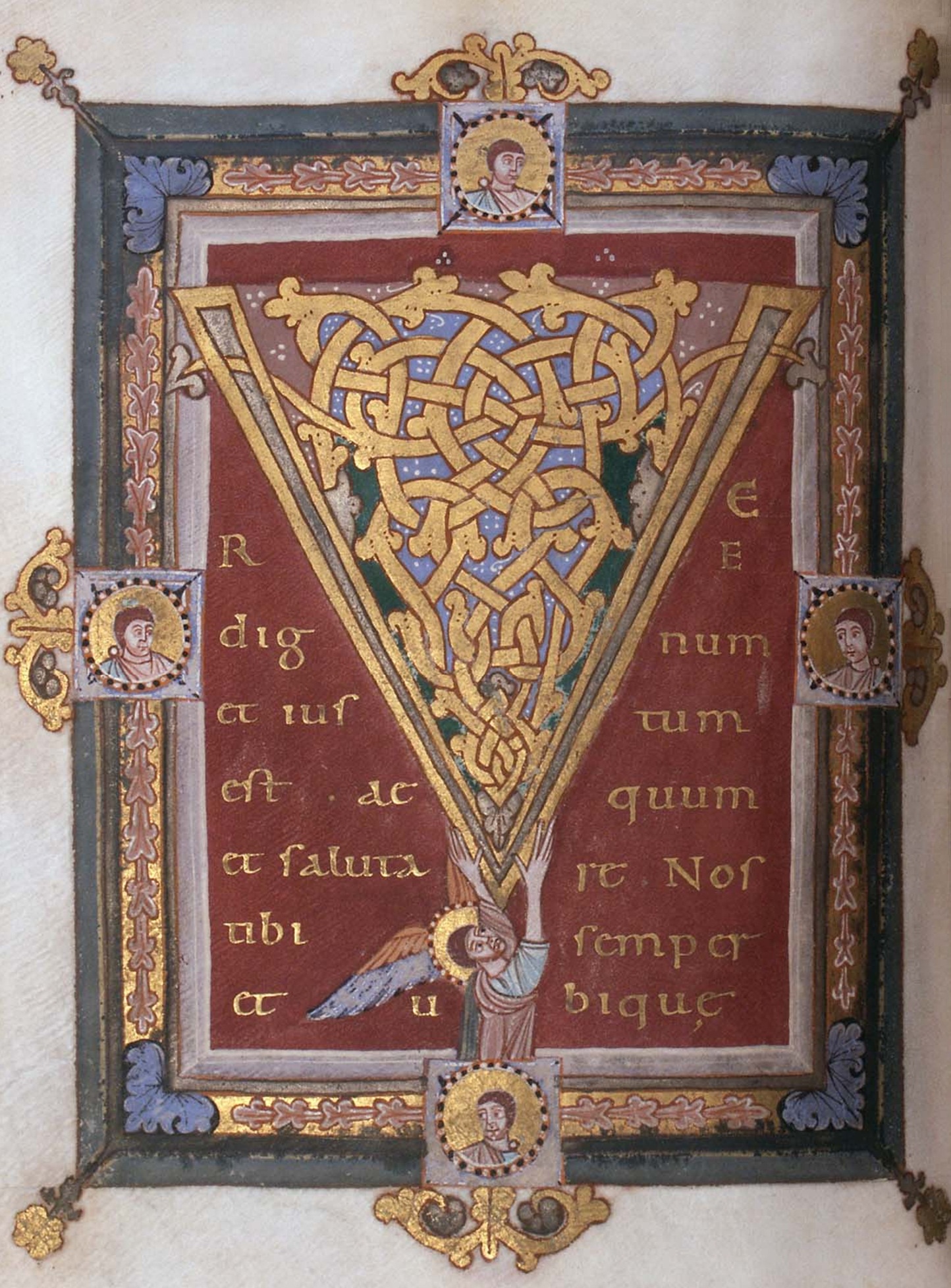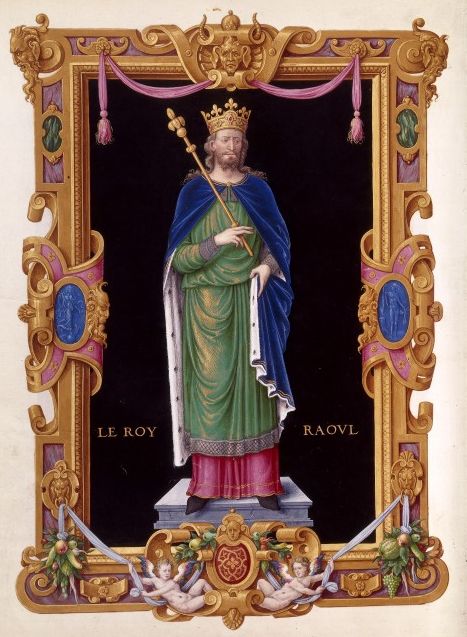|
Walter (archbishop Of Sens)
Walter (or Vaulter) was Archbishop of Sens from 887 to 923. He anointed Eudes as King of France in 888, Robert I in July 922, and Rudolph of France on 13 July 923, all in the church of St. Medard's Abbey, Soissons. He doubtlessly inherited from his uncle Walter, Bishop of Orléans, a superb sacramentary composed between 855 and 873 for the Abbey of St-Amand at Puelle. This sacramentary, which he gave to the church of Sens, forms one of the most curious monuments of Carolingian art and is now in the library of Stockholm Stockholm (; ) is the Capital city, capital and List of urban areas in Sweden by population, most populous city of Sweden, as well as the List of urban areas in the Nordic countries, largest urban area in the Nordic countries. Approximately .... Sources *McKitterick, R. ''The Frankish kingdoms under the Carolingians, 751-987''. London, 1983. 923 deaths Archbishops of Sens 9th-century archbishops 10th-century archbishops Year of birth unknown< ... [...More Info...] [...Related Items...] OR: [Wikipedia] [Google] [Baidu] |
Archbishop Of Sens
The Archdiocese of Sens and Auxerre (Latin: ''Archidioecesis Senonensis et Antissiodorensis''; French language, French: ''Archidiocèse de Sens et Auxerre'') is a Latin Church, Latin archdiocese of the Catholic Church in France. The archdiocese comprises the Departments of France, department of Yonne, which is in the Regions of France, region of Burgundy. Established in sub-apostolic times, according to late local legends, the diocese, as metropolis of the province of Quarta Lugdunensis, achieved ecclesiastical metropolitical status in the 7th century. For a time, the archbishop of Sens held the title "Primate (bishop), primate of the Gauls and Germania". The title was transferred to Lyon in the latter part of the 11th century. After the creation of the archdiocese of Paris in 1622, the metropolitan archdiocese of Sens had three Suffragan bishop, suffragan (subordinate) dioceses: Ancient Diocese of Auxerre, Auxerre, Roman Catholic Diocese of Nevers, Nevers and Roman Catholic Dioc ... [...More Info...] [...Related Items...] OR: [Wikipedia] [Google] [Baidu] |
Odo, Count Of Paris
Odo (; c. 857 – 1 January 898) was King of West Francia from 888 to 898. He was the first king from the Robertian dynasty, the parent house of the House of Capet. Before assuming the kingship, Odo was the Count of Paris, since 882. His reign marked the definitive separation of West Francia from the Carolingian Empire, which would never be reunited. Family and inheritance Odo was the eldest son of Robert the Strong (d. 866), Duke of the Franks, Margrave of Neustria, and Count of Anjou. Regarding the identity of Odo's mother, chronicler Regino of Prüm (d. 915) stated that count Adalhelm was Odo's maternal uncle (), meaning that Odo's mother was count Adalhelm's sister. On the other side, some researchers have proposed that Odo's father Robert was married to Adelaide of Tours, but those suggestions are not universally acknowledged in scholarly literature, since it was shown that they were based on some misunderstandings in the Chronicle of St-Bénigne. At the time of his f ... [...More Info...] [...Related Items...] OR: [Wikipedia] [Google] [Baidu] |
King Of France
France was ruled by monarchs from the establishment of the kingdom of West Francia in 843 until the end of the Second French Empire in 1870, with several interruptions. Classical French historiography usually regards Clovis I, king of the Franks (), as the first king of France. However, historians today consider that such a kingdom did not begin until the establishment of West Francia, after the fragmentation of the Carolingian Empire in the 9th century. Titles The kings used the title "King of the Franks" () until the late twelfth century; the first to adopt the title of "King of France" (Latin: ''Rex Franciae''; French language, French: ''roi de France'') was Philip II of France, Philip II in 1190 (r. 1180–1223), after which the title "King of the Franks" gradually lost ground. However, ''Francorum Rex'' continued to be sometimes used, for example by Louis XII in 1499, by Francis I of France, Francis I in 1515, and by Henry II of France, Henry II in about 1550; it was ... [...More Info...] [...Related Items...] OR: [Wikipedia] [Google] [Baidu] |
Robert I Of France
Robert I ( – 15 June 923) was the elected King of West Francia from 922 to 923. Before his election to the throne he was Count of Poitiers, Count of Paris and Marquess, Marquis of Neustria and Orléans. He succeeded the overthrown Carolingian king Charles the Simple, who in 898 had succeeded Robert's brother, king Odo of France, Odo. Life Robert was younger son of count Robert the Strong (d. 866), one of the most prominent nobles in the West Frankish Kingdom during the reign of Charles the Bald. Regarding the identity of Robert's mother, and numbers of marriages of his father, several solutions have been proposed in scholarly literature. Chronicler Regino of Prüm (d. 915) stated that count Adalhelm was maternal uncle () of Roberts's brother Odo, meaning that Odo's mother (and thus maybe Roberts's too) was sister of Adalhelm, but some alternative genealogical solutions have been also suggested by scholars. On the other side, several researchers have proposed that Odo's and Rob ... [...More Info...] [...Related Items...] OR: [Wikipedia] [Google] [Baidu] |
Rudolph Of France
Rudolph (), sometimes called Ralph (; 890 – 14/15 January 936), was the king of West Francia (France) from 923 until his death in 936. He was elected to succeed his father-in-law, Robert I, and spent much of his reign defending his realm from Viking raids. Name In contemporary Latin documents, his name is usually ''Rodulfus'', from the Germanic roots ''hruod'', "fame, glory", and ''wulf'', "wolf". Rodulf and Rudolf are variants of this name; the French form is ''Rodolphe''. By contrast, the king is normally known as ''Raoul'' in modern French, a name which derives from ''Radulfus'', from Germanic ''rad'', "counsel", and ''wulf'' (whence Ralph). Although this name is of different origin, it was sometimes used interchangeably by contemporaries with ''Rodulfus''. The king himself, however, always used ''Rodulfus'', as on his personal seal. Nonetheless, he is sometimes called Ralph (from ''Raoul'') or Radulf in English. Background Rudolph was born around 890, the son of Richar ... [...More Info...] [...Related Items...] OR: [Wikipedia] [Google] [Baidu] |
Sacramentary
In the Western Christianity, Western Church of the Early Middle Ages, Early and High Middle Ages, a sacramentary was a book used for Christian liturgy, liturgical services and the Mass (liturgy), mass by a bishop or Priest#Christianity, priest. Sacramentaries include only the words spoken or sung by him, unlike the missals of later centuries that include all the texts of the mass whether read by the bishop, priest, or others. Also, sacramentaries, unlike missals, include texts for services other than the mass such as ordinations, the consecration of a church or altar, exorcisms, and blessings, all of which were later included in Pontificals and Roman Ritual, Rituals instead. In the late 20th century, the word ''sacramentary'' was used in the United States and some other English-speaking countries for the English translation of the Roman Missal, particularly those that, like earlier sacramentaries, omitted parts of the Mass not said by the priest. Decline of the sacramentary Oth ... [...More Info...] [...Related Items...] OR: [Wikipedia] [Google] [Baidu] |
Abbey Of St-Amand
An abbey is a type of monastery used by members of a religious order under the governance of an abbot or abbess. Abbeys provide a complex of buildings and land for religious activities, work, and housing of Christians, Christian monks and nuns. The concept of the abbey has developed over many centuries from the early monastic ways of religious men and women where they would live isolated from the lay community about them. Religious life in an abbey may be monastic. An abbey may be the home of an enclosed religious order or may be open to visitors. The layout of the church and associated buildings of an abbey often follows a set plan determined by the founding religious order. Abbeys are often self-sufficient while using any abundance of produce or skill to provide care to the poor and needy, refuge to the persecuted, or education to the young. Some abbeys offer accommodation to people who are seeking retreat (spiritual), spiritual retreat. There are many famous abbeys across ... [...More Info...] [...Related Items...] OR: [Wikipedia] [Google] [Baidu] |
Carolingian Art
Carolingian art comes from the Frankish Empire in the period of roughly 120 years from about 780 to 900—during the reign of Charlemagne and his immediate heirs—popularly known as the Carolingian Renaissance. The art was produced by and for the court circle and a group of important monasteries under Imperial patronage; survivals from outside this charmed circle show a considerable drop in quality of workmanship and sophistication of design. The art was produced in several centres in what are now France, Germany, Austria, northern Italy and the Low Countries, and received considerable influence, via continental mission centres, from the Insular art of the British Isles, as well as a number of Byzantine artists who appear to have been resident in Carolingian centres. There was for the first time a thoroughgoing attempt in Northern Europe to revive and emulate classical Mediterranean art forms and styles, that resulted in a blending of classical and Northern elements in a sumptuou ... [...More Info...] [...Related Items...] OR: [Wikipedia] [Google] [Baidu] |
Stockholm
Stockholm (; ) is the Capital city, capital and List of urban areas in Sweden by population, most populous city of Sweden, as well as the List of urban areas in the Nordic countries, largest urban area in the Nordic countries. Approximately 1 million people live in the Stockholm Municipality, municipality, with 1.6 million in the Stockholm urban area, urban area, and 2.5 million in the Metropolitan Stockholm, metropolitan area. The city stretches across fourteen islands where Mälaren, Lake Mälaren flows into the Baltic Sea. Outside the city to the east, and along the coast, is the island chain of the Stockholm archipelago. The area has been settled since the Stone Age, in the 6th millennium BC, and was founded as a city in 1252 by Swedish statesman Birger Jarl. The city serves as the county seat of Stockholm County. Stockholm is the cultural, media, political, and economic centre of Sweden. The Stockholm region alone accounts for over a third of the country's Gros ... [...More Info...] [...Related Items...] OR: [Wikipedia] [Google] [Baidu] |
923 Deaths
__NOTOC__ Year 923 ( CMXXIII) was a common year starting on Wednesday of the Julian calendar. Events By place Europe * June 15 – Battle of Soissons: King Robert I is killed; the Frankish army, led by Charles the Simple, is defeated and routed near Soissons. Charles is captured and imprisoned at Péronne. The nobles elect Robert's son-in-law Rudolph, duke of Burgundy, as king of the West Frankish Kingdom (until 936). * July 29 – Battle of Fiorenzuola: Lombard forces led by King Rudolph II and Adalbert I, margrave of Ivrea, defeat the deposed Emperor Berengar I at Firenzuola (Tuscany). A pact is reached between Rudolph and Berengar, who abdicates the imperial throne and cedes sovereignty over the rest of Italy. Asia * May 13 – The Later Liang, one of the Five Dynasties in China, falls to Later Tang (founded by Li Cunxu). Li proclaims himself emperor and moves his residence back to the old Tang capital of Luoyang. * August 11 – The Qarm ... [...More Info...] [...Related Items...] OR: [Wikipedia] [Google] [Baidu] |







